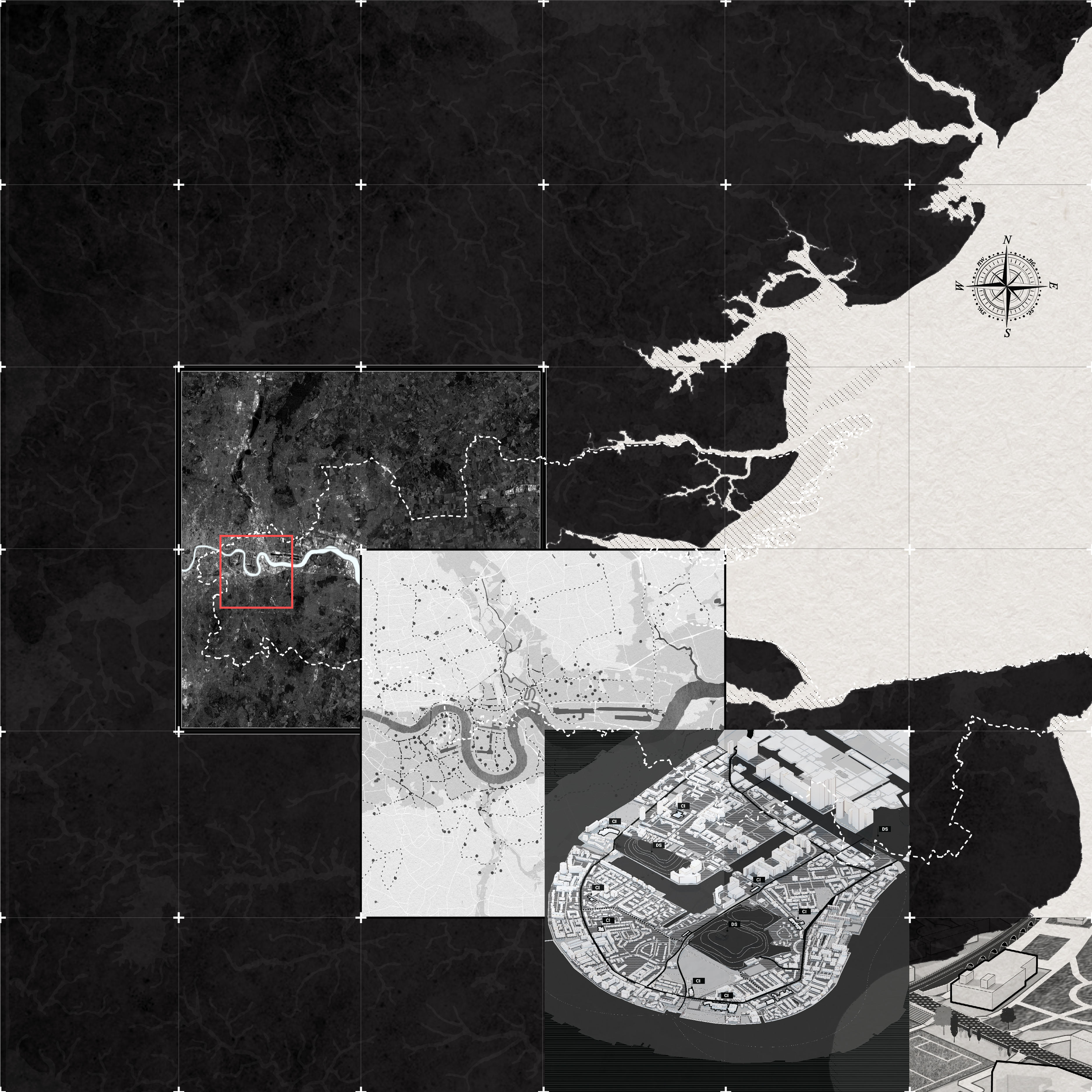Ranee Wan-Yee Leung
Urban Transformations & Sustainability: Transitional Territories

Adapting to Uncertainty: Re-thinking Critical Infrastructural Systems
Major altered states of extreme weather events such as storm surges and sea-level rise have resulted in many regions being left with critical systems and interdependencies exposed. The risk of these extremities has had substantial adverse socio-economic impacts by disrupting infrastructure services on which societies have become heavily reliant. If critical systems were to fail as a result of a sudden shock, this would have a ripple effect that would render otherwise unaffected sectors inoperable. Presently, little is being done to ensure service continuity and security of supply in the Thames Estuary Region.
The pitfall of designing without considering an extreme option of how we plan or develop cities can result in more risks compounding in the future. Therefore, the design intent is a spatial contingency plan that would increase safety parameters while improving liveability. The proposal also includes increasing accessibility, establishing safety grounds with backup systems and encouraging faster response and recovery times.